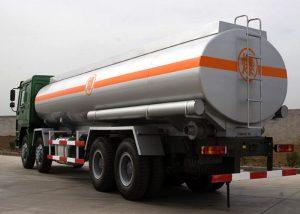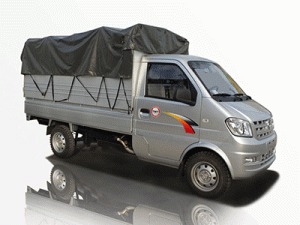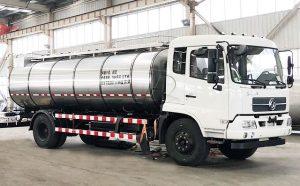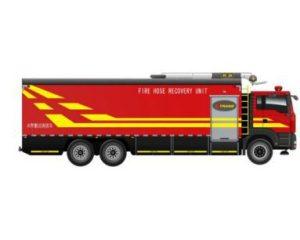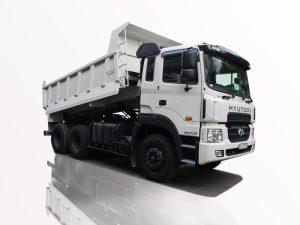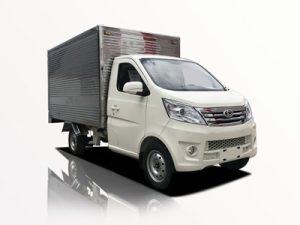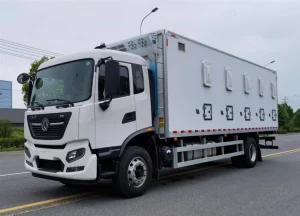Monday to Saturday - 8:00 -17:30
Understanding the Fire Truck Cab: Features, Importance, and Innovations
The fire truck cab is the heart of any fire apparatus, serving as the command center from which firefighters operate during emergencies. A well-designed fire truck cab not only ensures the safety and comfort of the crew but also enhances operational efficiency. In this comprehensive article, we will delve into its features, types, innovations, and best practices for maintaining this critical component of firefighting equipment.
The Structure of the Fire Truck Cab
Components of a Fire Truck Cab
The fire truck cab consists of various components that contribute to its functionality. These components include:
- Dashboard: Houses control panels for lights, sirens, and other equipment.
- Seats: Designed for comfort and safety, often featuring seat belts and airbag systems.
- Control Systems: Used for operating the fire truck’s pumps, ladders, and other equipment.
- Windows: Made of tempered glass for durability, often tinted to reduce glare.
Materials Used in Fire Truck Cabs
Fire truck cabs are built using durable materials capable of withstanding harsh conditions. Common materials include:
- Aluminum: Lightweight and resistant to rust.
- Steel: Known for its strength and durability.
- Composite Materials: Offer lightweight options while maintaining strength.
Types of Fire Truck Cabs
Conventional Cabs vs. Custom Cabs
Fire truck cabs can be categorized primarily into two types: conventional and custom cabs.
| Type | Description | Advantages |
|---|---|---|
| Conventional Cabs | Standardized designs based on common chassis. | Cost-effective and easier to service. |
| Custom Cabs | Tailored designs to meet specific department needs. | Enhanced functionality and versatility. |
Open Cabs vs. Enclosed Cabs
Another distinction is between open and enclosed cabs.
| Type | Description | Advantages |
|---|---|---|
| Open Cabs | Provide no shelter for firefighters during transit. | Better visibility and maneuverability. |
| Enclosed Cabs | Protect firefighters from weather and debris. | Improved safety and comfort. |
Features of Modern Fire Truck Cabs
Safety Features
Modern fire truck cabs come equipped with several essential safety features:
- Roll-Cage Design: Provides additional protection in rollover situations.
- Advanced Seat Belts: Designed to secure firefighters during transit.
- Airbag Systems: Reduces impact during collisions.
Technological Innovations
Fire truck cabs are increasingly integrating advanced technology to improve functionality:
- GPS Systems: Assists in route navigation and finding the fastest way to incidents.
- Communication Systems: Maintains constant contact with dispatch and other emergency services.
- Onboard Computers: Provide vital data about the incident scene.
Maintenance Tips for Fire Truck Cabs
Routine Inspection Checklist
Regular inspections are crucial to ensure that the fire truck cab remains functional and safe. Here’s a checklist:
- Check seat belts and ensure they are operational.
- Inspect windows and mirrors for cracks.
- Test dashboard controls for responsiveness.
- Review safety features such as airbags and roll-cage integrity.
Cleaning and Upkeep
Maintaining a clean cab is essential for both hygiene and functionality. Regular cleaning tips include:
- Use non-abrasive cleaners to avoid damaging surfaces.
- Keep emergency equipment organized and easily accessible.
- Ensure that all electronic systems are free from dust and debris.
Ergonomics and Comfort in Fire Truck Cabs
Importance of Ergonomic Design
Ergonomics plays a vital role in the design of fire truck cabs. Key aspects include:
- Adjustable seating for increased comfort during long shifts.
- Control placement that minimizes strain during operation.
- Proper cabin layout to allow quick access to essential tools.
Comfort Enhancements
Modern fire truck cabs incorporate features designed to enhance comfort, including:
- Climate Control: Maintaining an optimal temperature for crew members.
- Soundproofing: Reducing noise from external environments during transit.
Your Fire Truck Cab: Customization Options
Personalizing Your Fire Truck Cab
Departments often prefer customizing their fire truck cabs to suit their specific needs. Custom options can include:
- Specialized storage solutions for tools and equipment.
- Custom paint jobs and decals for department branding.
Technology Customization
Departments may choose to equip their cabs with specialized technology tailored to their operational requirements:
- Integrated monitoring systems for real-time incident reporting.
- Custom navigation systems designed for urban and rural settings.
Future Trends in Fire Truck Cabs
Electric Fire Truck Cabs
The shift towards electric vehicles is beginning to affect fire truck designs, including cabs. Benefits of electric fire truck cabs include:
- Reduced emissions and environmental impact.
- Lower operational costs in terms of fuel and maintenance.
Smart Technology Integration
As technology continues to evolve, fire truck cabs are likely to incorporate more smart technologies, such as:
- Automatic diagnostics to alert teams of necessary repairs.
- Enhanced connectivity features for better communication during emergencies.
FAQs about Fire Truck Cabs
What is the average lifespan of a fire truck cab?
The average lifespan of a fire truck cab is typically around 10 to 15 years, depending on maintenance and usage conditions.
How can departments ensure firefighter safety in the cab?
Departments can ensure safety by regularly inspecting safety features, providing training on secure seatbelt usage, and maintaining an ergonomic cab design.
Are there regulations governing fire truck cab designs?
Yes, national and local regulations often outline safety standards that fire truck cabs must meet, including structural integrity and equipment placement.
How do departments decide between a conventional and custom fire truck cab?
Departments typically evaluate their budgetary constraints, specific operational needs, and the types of incidents they respond to when deciding between cab types.
What role does technology play in modern fire truck cabs?
Technology enhances the operational efficiency of fire truck cabs by improving navigation, communication, and real-time incident monitoring capabilities.
How often should fire truck cabs be serviced?
Fire truck cabs should be serviced regularly, ideally every six months, to ensure all systems are functioning correctly and to identify any potential issues.



